Fld Camera Filter What Does It Do ?
A camera filter is an optical element that can be attached to the front of a camera lens to modify the light entering the lens. A neutral density (ND) filter is a type of camera filter that reduces the amount of light entering the lens without affecting the color or contrast of the image. This allows the photographer to use slower shutter speeds or wider apertures in bright conditions, which can be useful for creating motion blur or shallow depth of field effects. A polarizing filter is another type of camera filter that can reduce glare and reflections from non-metallic surfaces, such as water or glass, and can also enhance the color saturation and contrast of the image. Other types of camera filters include UV filters, color filters, and graduated filters, each with their own specific uses and effects.
1、 Definition of camera filters
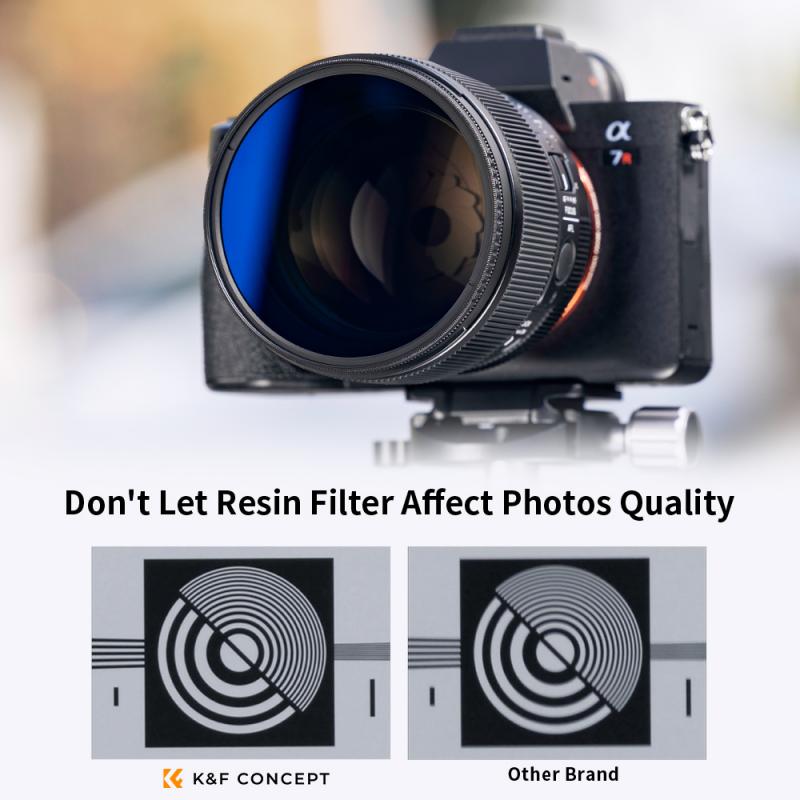
Camera filters are accessories that are attached to the front of a camera lens to modify the light that enters the camera. They are used to enhance the quality of the image, add special effects, or correct color balance. Camera filters come in different types, including UV filters, polarizing filters, neutral density filters, and color filters.
A UV filter is a clear filter that is used to protect the lens from scratches, dust, and other damage. It also reduces the amount of UV light that enters the camera, which can cause a blue cast in photos taken in bright sunlight.
A polarizing filter is used to reduce glare and reflections from surfaces such as water, glass, and metal. It also enhances the color saturation and contrast of the image.
A neutral density filter is used to reduce the amount of light that enters the camera, allowing for longer exposure times or wider apertures in bright conditions. This is useful for creating motion blur in waterfalls or capturing a shallow depth of field in bright sunlight.
Color filters are used to modify the color balance of the image. For example, a warming filter can add a yellow or orange tint to the image, while a cooling filter can add a blue tint.
The latest point of view on camera filters is that they are still relevant in the digital age, despite the ability to edit images in post-processing. Filters can help to achieve a certain look or effect in-camera, saving time and effort in post-processing. Additionally, some filters, such as polarizing filters, cannot be replicated in post-processing.
2、 Types of camera filters
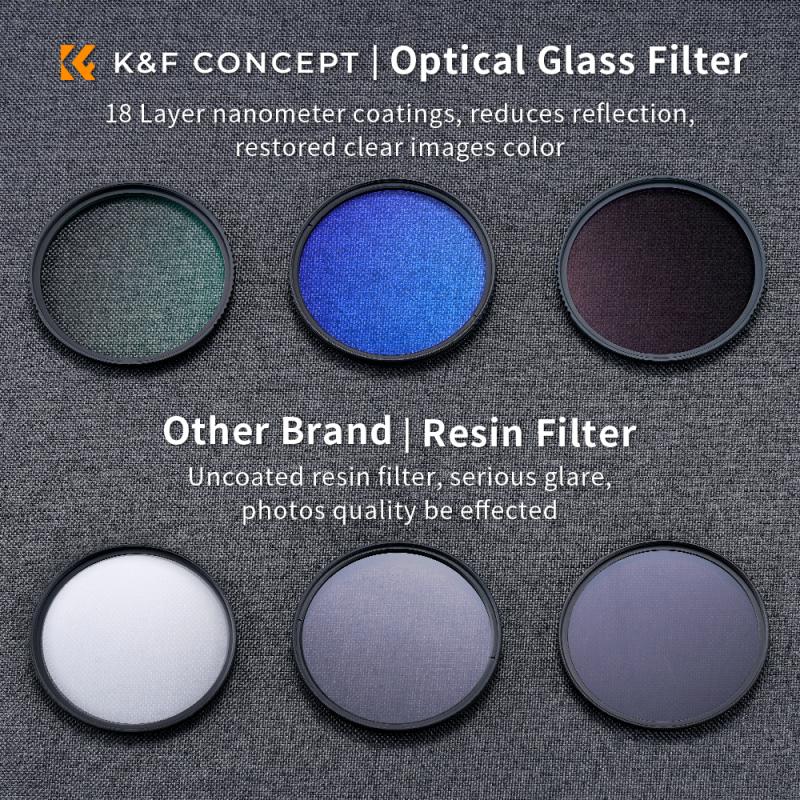
Types of camera filters are used to enhance the quality of photographs by modifying the light that enters the camera lens. There are various types of camera filters available in the market, each with its unique purpose. Some of the most commonly used camera filters include UV filters, polarizing filters, neutral density filters, and color filters.
UV filters are used to protect the camera lens from scratches, dust, and other environmental factors. They also help to reduce the amount of UV light that enters the lens, which can cause a blueish tint in photographs.
Polarizing filters are used to reduce glare and reflections from surfaces such as water, glass, and metal. They also help to enhance the color saturation and contrast in photographs.
Neutral density filters are used to reduce the amount of light that enters the camera lens, allowing for longer exposure times. This is useful for capturing motion blur in photographs or for creating a shallow depth of field in bright lighting conditions.
Color filters are used to modify the color temperature of the light that enters the camera lens. They can be used to create warm or cool tones in photographs or to correct color imbalances in different lighting conditions.
The latest point of view on camera filters is that they are still relevant in the digital age, despite the availability of post-processing software. Camera filters can help to achieve a specific look or effect in-camera, which can save time and effort in post-processing. Additionally, using camera filters can help to protect the camera lens from damage, which can be costly to repair or replace.
3、 Functions of camera filters

Camera filters are essential accessories for photographers. They are used to enhance the quality of images captured by the camera. Camera filters come in different types, each with its unique function. Some of the functions of camera filters include:
1. UV filters: These filters are used to reduce the amount of ultraviolet light that enters the camera lens. They also protect the lens from scratches, dust, and other elements that can damage it.
2. Polarizing filters: These filters are used to reduce glare and reflections from surfaces such as water, glass, and metal. They also enhance the color saturation and contrast of the image.
3. Neutral density filters: These filters are used to reduce the amount of light that enters the camera lens. They are useful in situations where the photographer wants to use a slower shutter speed or wider aperture.
4. Graduated filters: These filters are used to balance the exposure of the sky and foreground in landscape photography. They are available in different strengths and can be used to create different effects.
5. Infrared filters: These filters are used to capture images in the infrared spectrum. They are useful in scientific and artistic photography.
The latest point of view on camera filters is that they are still relevant in the digital age. While some of the functions of camera filters can be replicated using software, others cannot. For example, polarizing filters cannot be replicated using software. Additionally, using camera filters can save time and effort in post-processing. Overall, camera filters are essential accessories for photographers who want to enhance the quality of their images.
4、 How to use camera filters
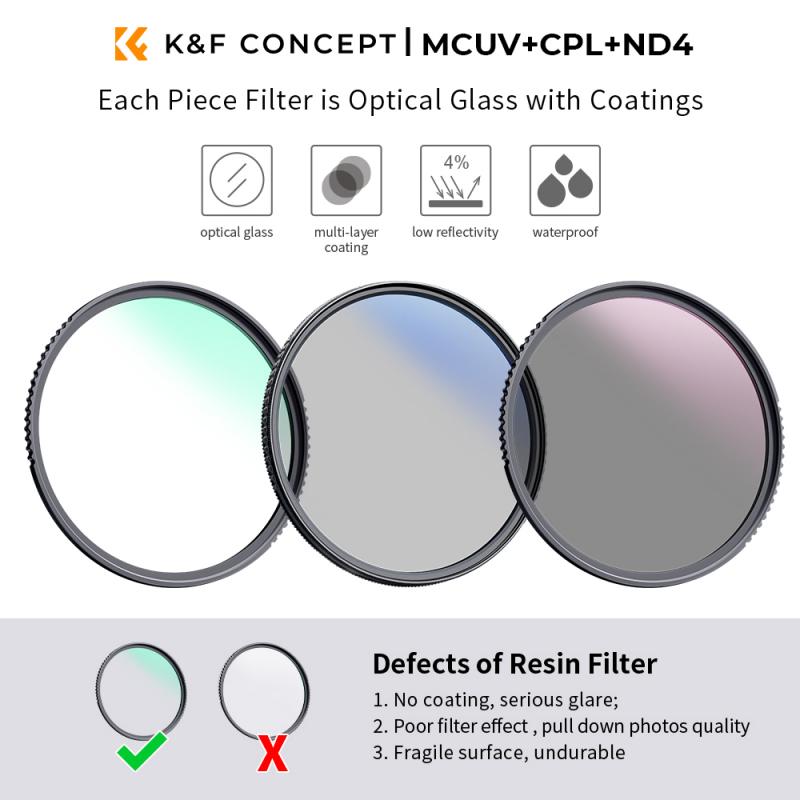
"Fld camera filter what does it do" is a common question among photography enthusiasts. FLD stands for "Fluorescent Light Daylight" and is a type of camera filter that is used to correct the color balance when shooting under fluorescent lighting. Fluorescent lights emit a greenish-blue light that can cause a color cast in your photos, making them look unnatural. The FLD filter helps to neutralize this color cast, resulting in more accurate and natural-looking colors.
To use an FLD filter, simply attach it to the front of your camera lens. Make sure to choose the correct size filter for your lens. When shooting under fluorescent lighting, turn off your camera's automatic white balance and set it to the fluorescent light setting. This will help your camera to adjust to the correct color temperature.
It's important to note that FLD filters are not necessary for all types of fluorescent lighting. Some newer fluorescent lights have a more neutral color balance and may not require a filter. Additionally, many photographers now shoot in RAW format and adjust the color balance in post-processing, making the use of filters less necessary.
In conclusion, FLD camera filters are useful for correcting color balance when shooting under certain types of fluorescent lighting. However, with advancements in technology and post-processing capabilities, their use is becoming less common.


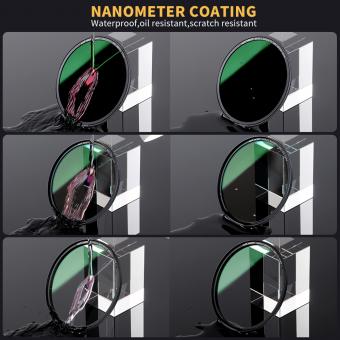


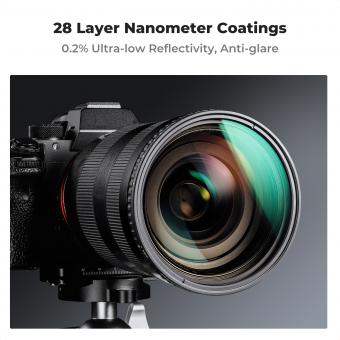
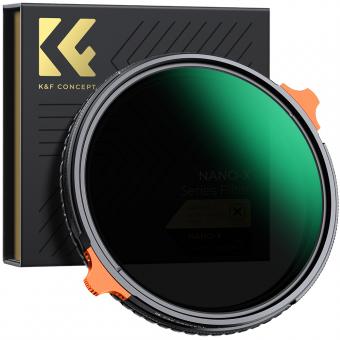
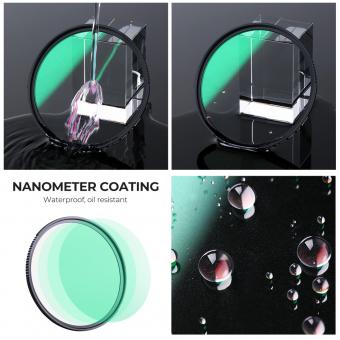
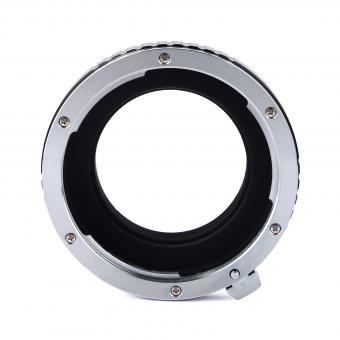

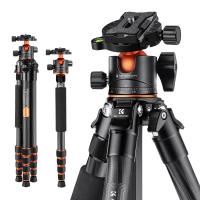
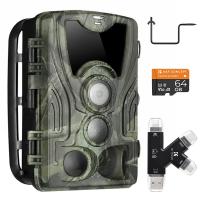

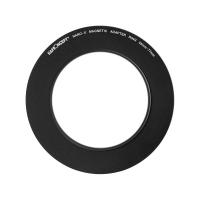
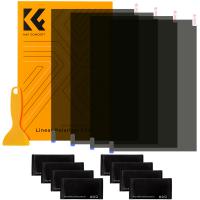
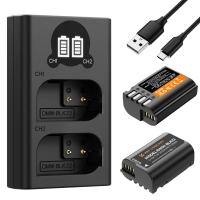
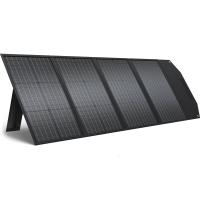
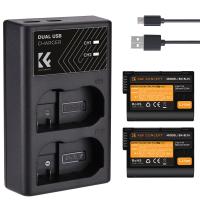
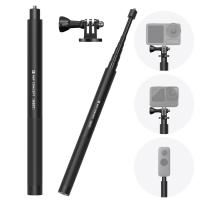

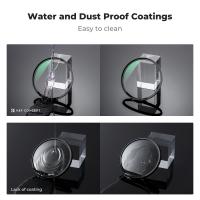
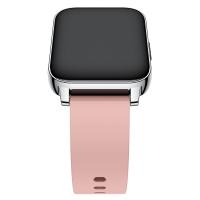
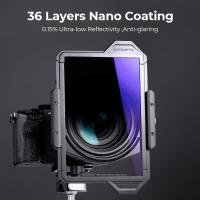

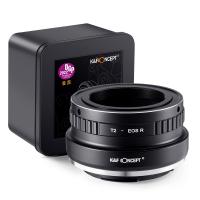

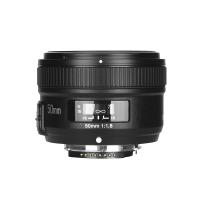
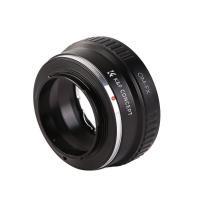
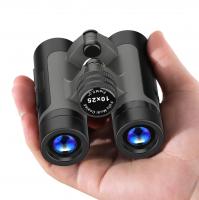
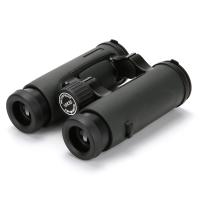
There are no comments for this blog.